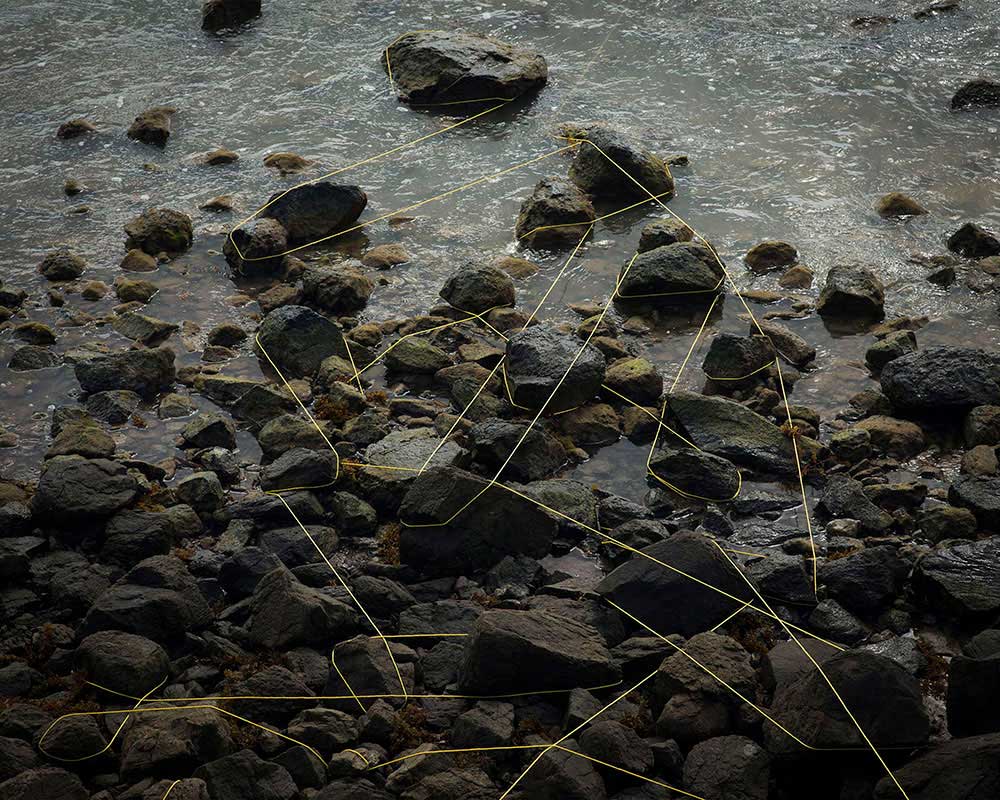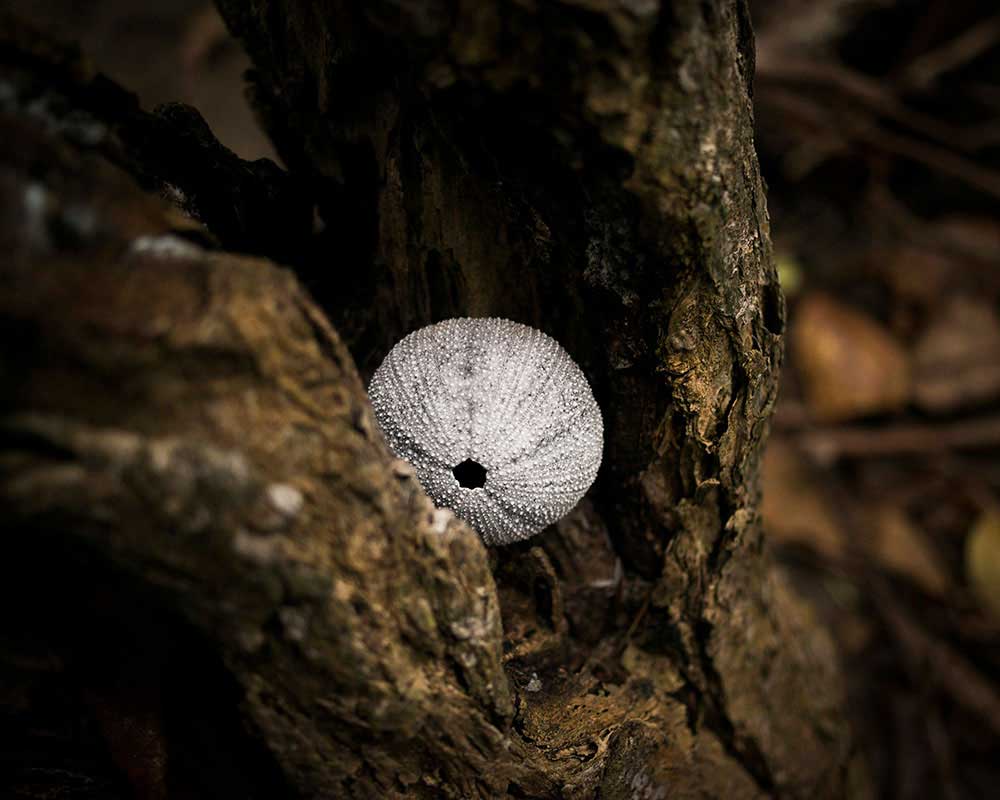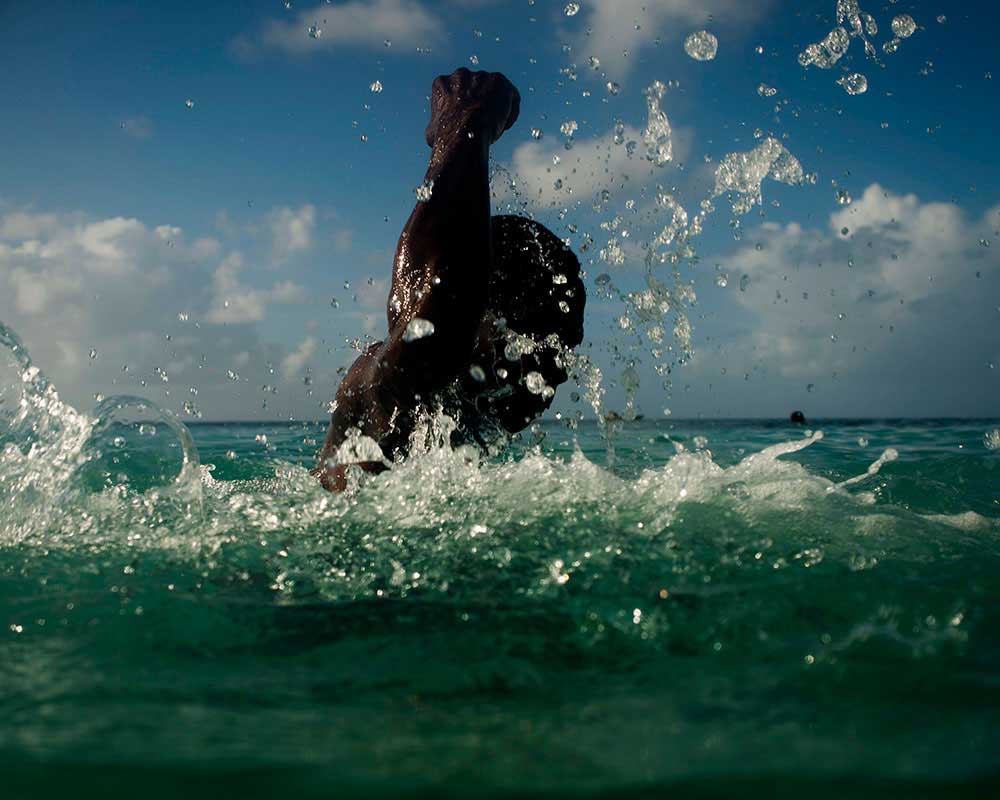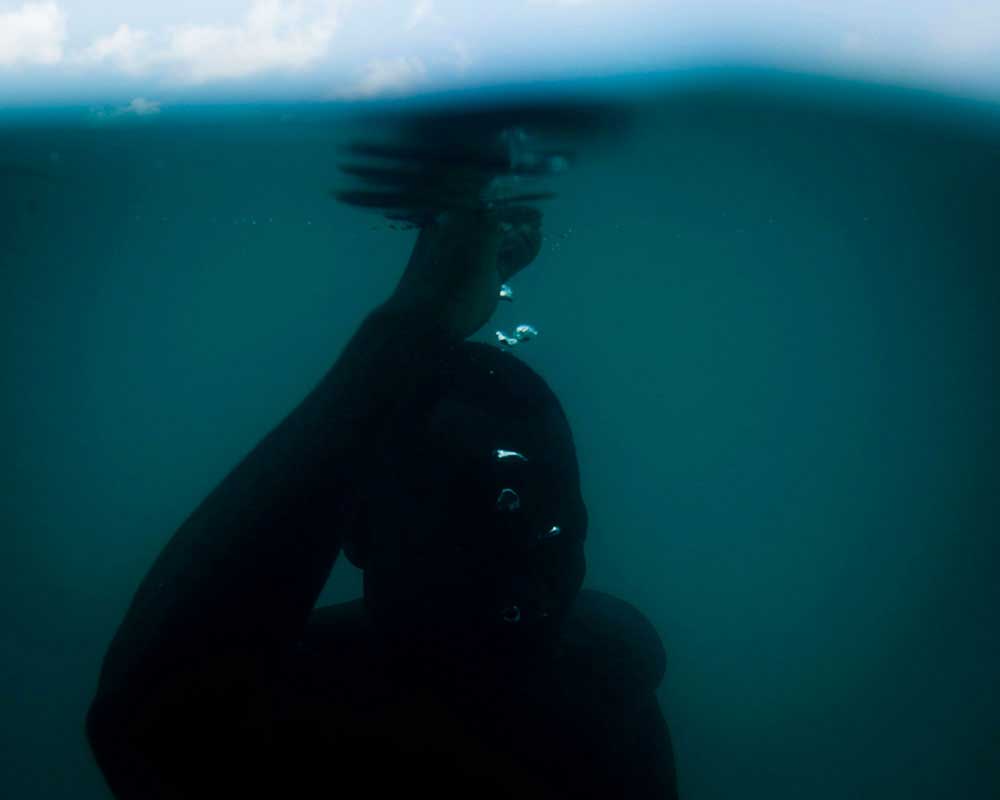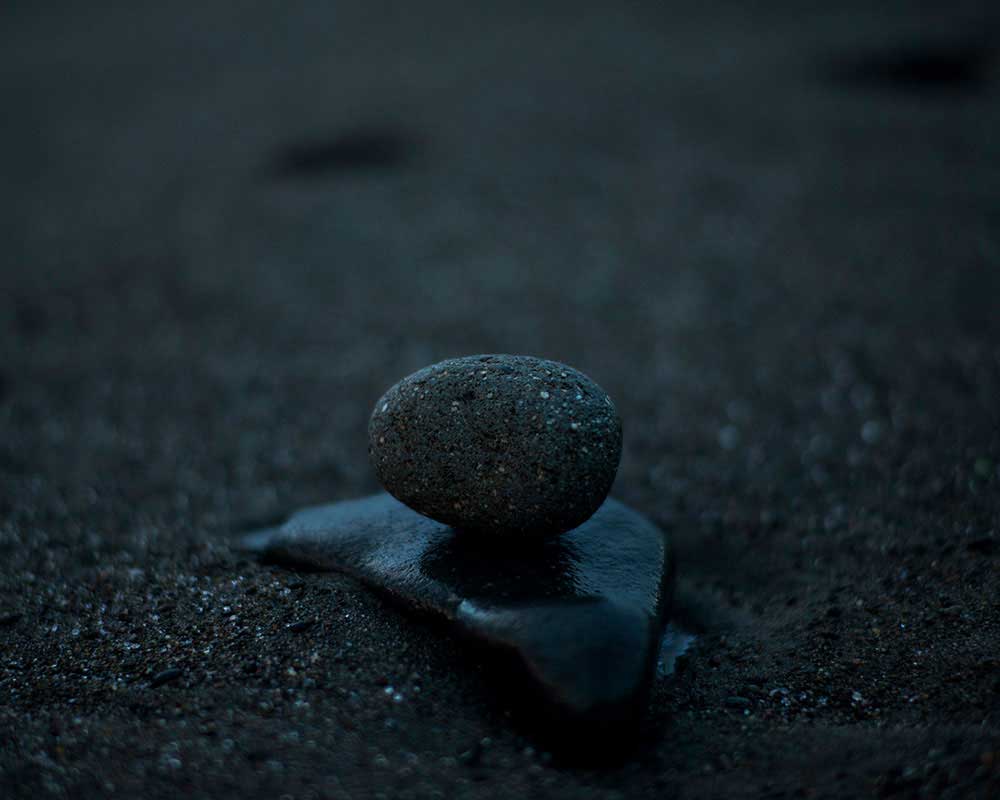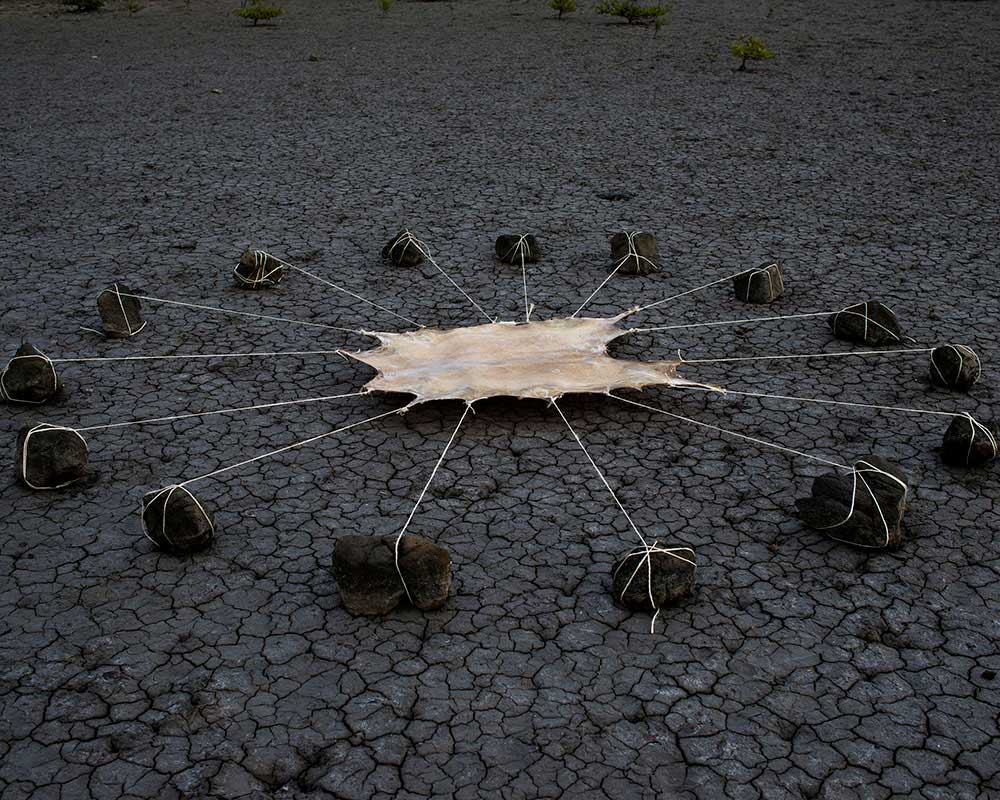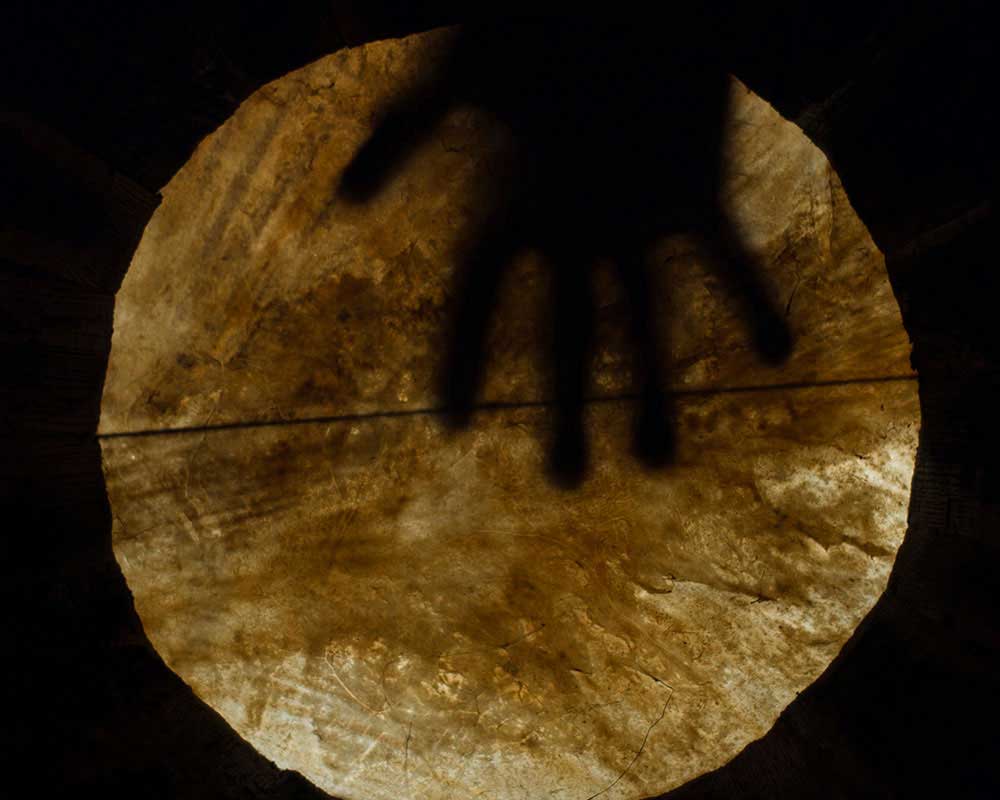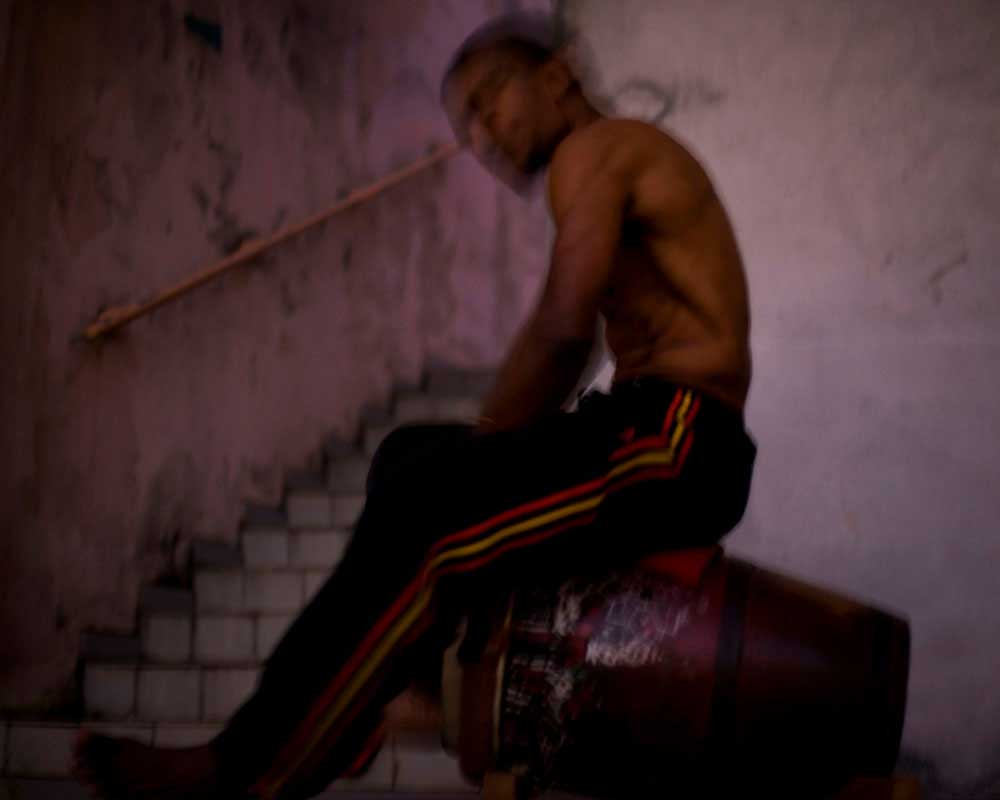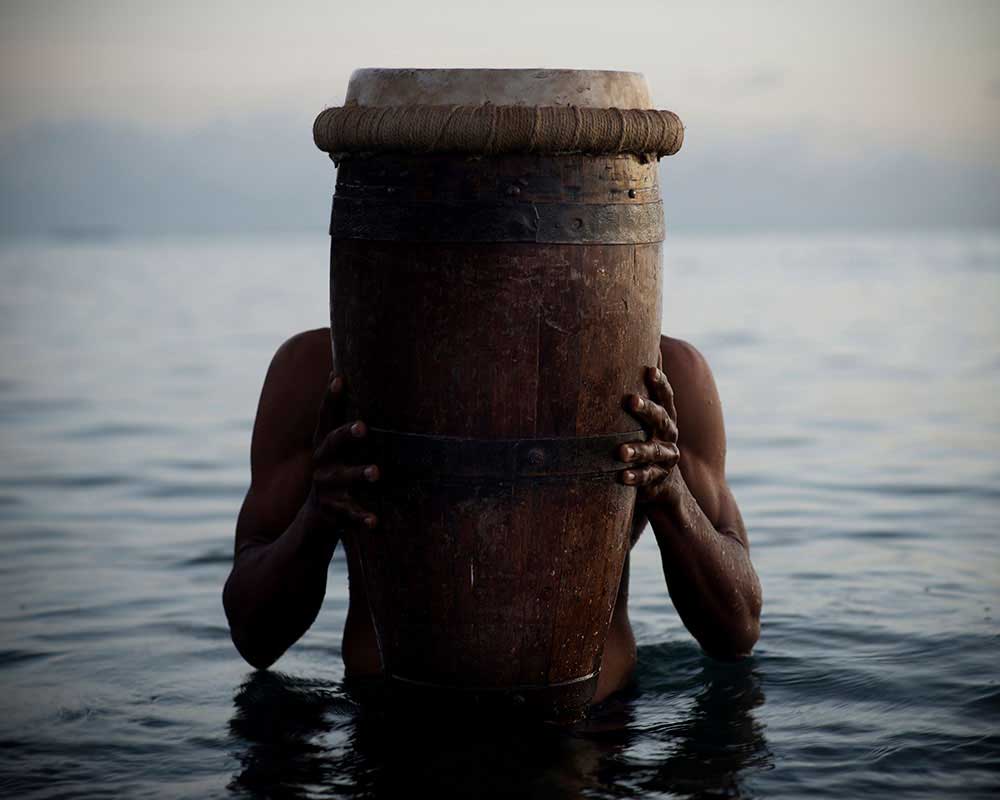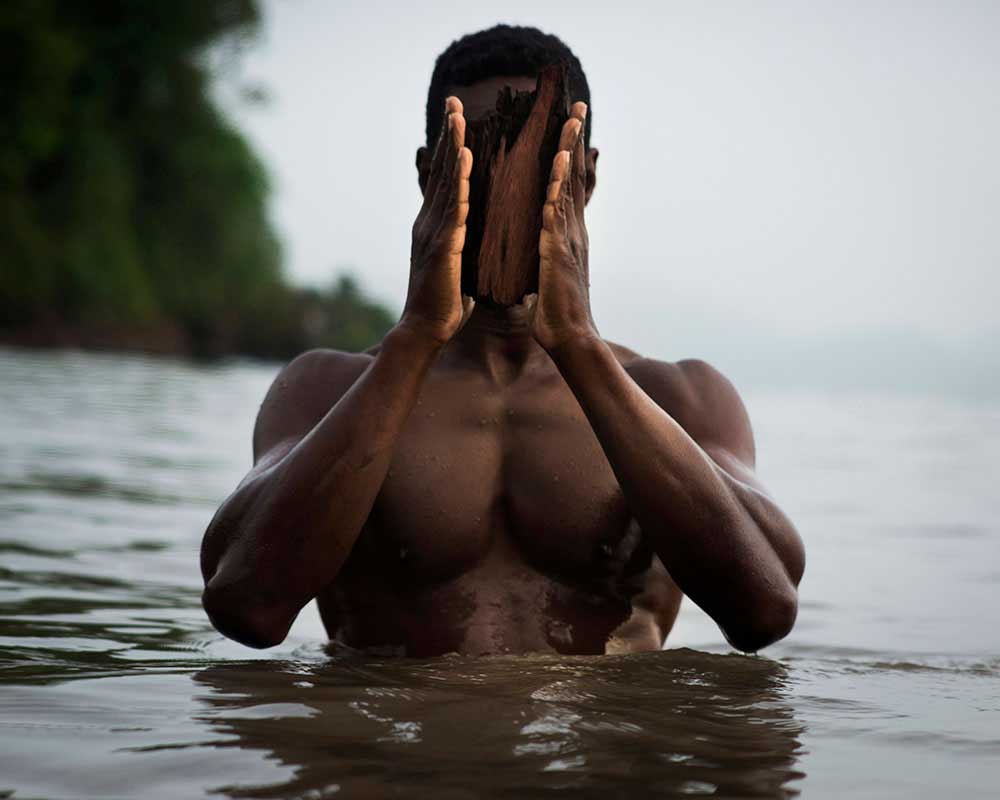With powerful spells, chants, drumming and imperceptibles coups at the look, Ladja is a combat dance with african origins, based on the mystical power of invisibility. Practiced in the small caribbean island of Martinique, it keeps alive the ancestral memories of slavery, anchored in the body of its fighters.
By spending a season on the island to become a Ladja fighter as research for your Phd in arts studies, the photographer Edu Monteiro builds the visuality of this work from this body experience. Neither obvious nor documentary, the photographs of this essay are apparitions, fight to show the invisible and its mysteries. With less than a hundred practitioners and unknown beyond their own borders, this ritual is now revealed to the world through the images of one initiated.
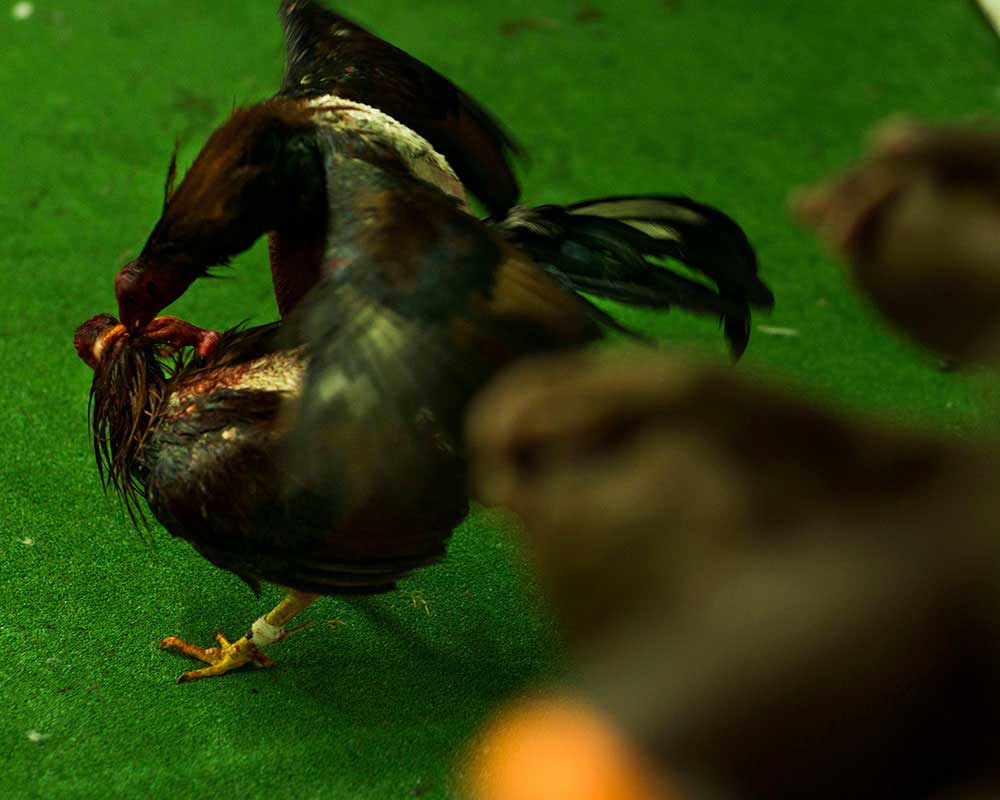
The selected images are not descriptive of the practice of ladja, each one of them work as a poetic fragment, they introduce the observer to the interconnected and mysterious universe that surrounds the dance, the religion, the Creole language and the syncopated music of Martinique. Symbolic objects representative of the Ladja contextualize its practice and its importance as a factor of colonial resistance and ancestral communication.
The image with which Edu Monteiro presents Ladja is simple. In it, an African descendant man partially immersed in water holds a drum. The grip tension seems to be aimed less at protecting the drum from encountering water and more at bringing it along, connecting it to oneself. In such a way that the human body and the drum become extensions of each other. Sometimes as trunk and sometimes as head, the drum exceeds the condition of being an object. Giving arms and legs to the artifact of wood, iron, sisal and leather, man extends attributes and abilities. More than overlaping or articulating, they merge into one being. Multiplier reduction – one that is much more.
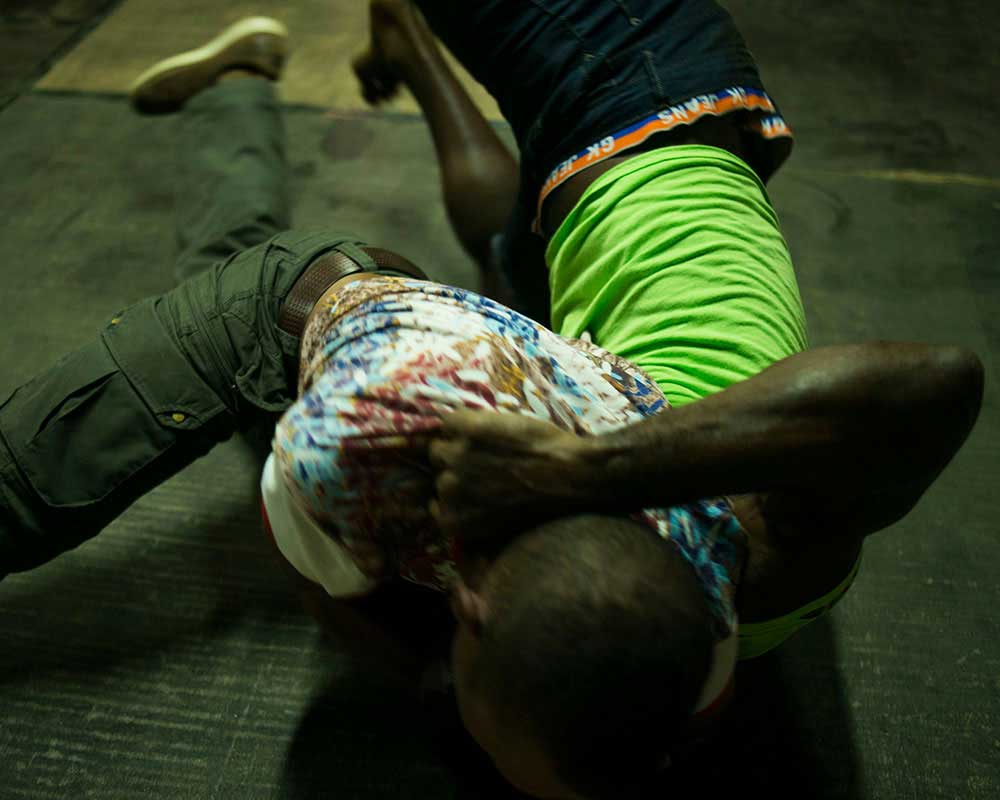
The image is sonorous. And not just for the axial dominance of the drum. If one wants, one can hear the sea breeze, a gentle breeze, the brush of skin on the wood. And more, because the picture resonates beyond the visible.
It is a slave ship. No! It is a synthesis body, index of millions of people, both those who succumbed to the slave trade and those who survived, experienced and overcame slavery.
It’s an island. It is Gorée, Martinique, Cuba, Itaparica, Haiti and Santo Domingo, St. Louis, Sao Tome and Principe, Jamaica and many others in the Diaspora. It is the archipelago of Cape Verde. It is America, unified from south to north by the blackness with which the Atlantic indelibly dyed it.
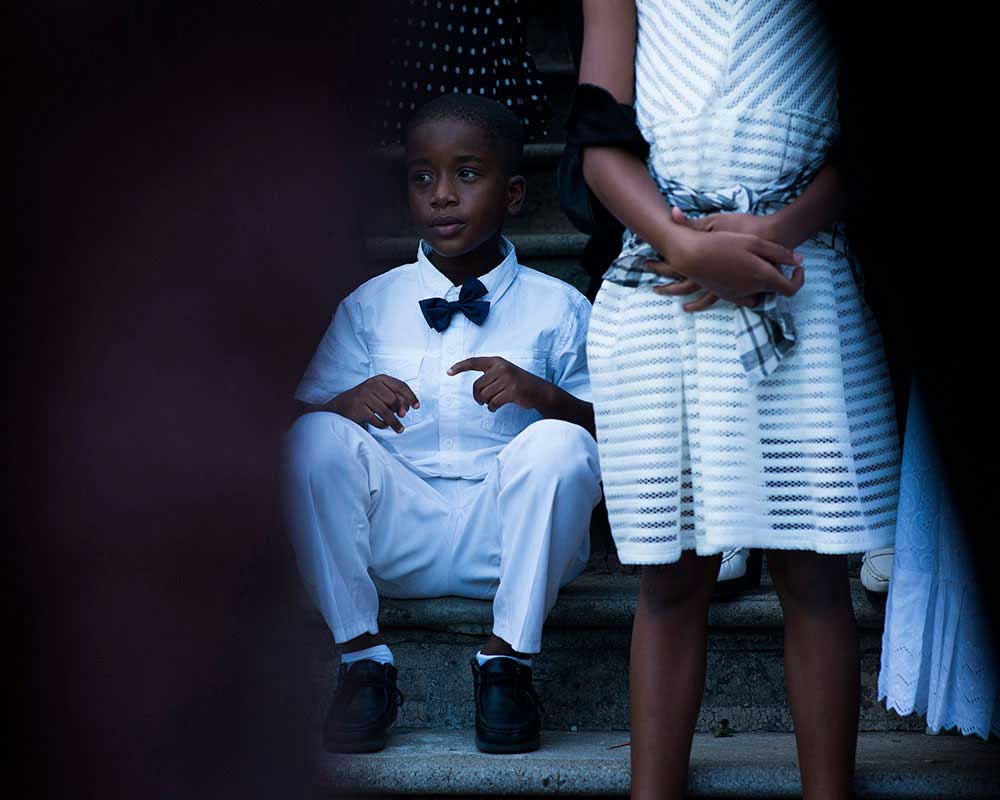
It is a floating shrine. In it, one works. But one also fights, dances and prays, practicing ladja, laamb, capoeira, bélé, jongo, samba, candomblé, candombe, batuque, santería, mine drum, Shango, terecô, omoloco, umbanda, mandinga, macumba…
Edu Monteiro is a photographer and researcher. He lives in Rio de Janeiro – Brazil. Edu has PhD in Art Studies from the Universidade do Estado Rio de Janeiro – UERJ with this Ladja project, and a master’s degree in Contemporary Art from the Universidade Federal Fluminense – UFF. He has also a degree in Arts and Visual History from the Jeu de Paume Museum in Paris. Author of the books Sensorial Self-portrait (Pingadoprés, 2015) and Saturn (Azougue Editorial, 2014). Monteiro has been working with photography since 1991, specializing in contemporary art research with enphasis on the intersections between photography, sculpture and performance. He is represented by Movimento art gallery, where he is currently with the solo exhibition “Corpos em luta” (fighting bodies). [Official Website] [Text: Roberto Conduru]



